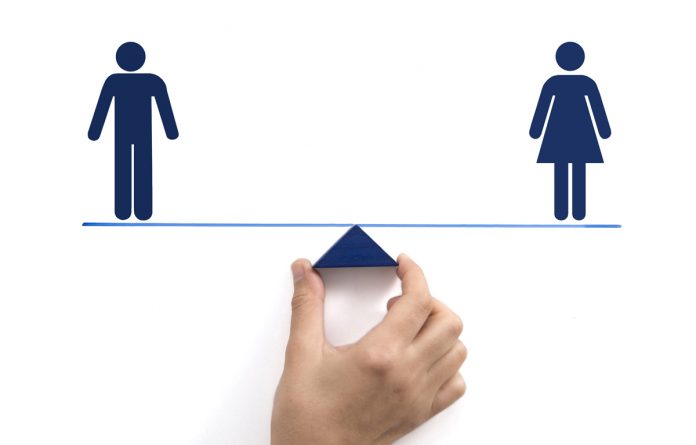While it’s clear from the recent news that we haven’t achieved gender equality, are we on the path towards even thinking of it as a viable reality? Manil S Dodani explores the trend.
It was a Friday night. On television, a scantily clad woman danced to a peppy track while the eyes of the villain gazed upon her. The ad break that followed this scene was the one where a mother tells her crying son, “Stop crying, ladke rote nahin, are you a girl?” (boys don’t cry), followed by a husband brutally beating up his wife, cut to Madhuri Dixit emotionally saying, “Ladke rulaate bhi nahin hai.” (boys don’t make girls cry either).
That 30-second visual forced me to ponder, are men really the superior ones? Why do we expect the fairer sex to look after the household and bring up the children as a matter of duty? Something to think about, soon, before it rattles you too hard.
Gender equality is an issue of burning relevance in the 21st century. The United Nations considers gender equality a human right. It suggests that empowering women is also empowering the future; that uplifting women is an accelerator of growth and development. The 3rd Millennium Development Goal of the United Nations is to promote gender equality and empower women, agreed to by at least 187 countries across the planet. About 187 countries and two decades later, we’re still just talking about it.
Development roadblocks
Multiple reports state that development in a country can be accelerated to a large extent if women are made equal stakeholders in it. It is important to note that in the 21st century if a higher level of development (both economic and social) is expected, women have to be employed in the secondary and tertiary sectors.
The rural population of India is still engaged in the agricultural industry; most of these being women. However, more and more women are now being involved in nationwide decision-making initiatives, and if this trend continues to follow the upward curve, gender equality (at least in the Parliament) will be achievable soon. As of 2013, 62 women held parliamentary positions, out of the total available 545 seats.
Corporate Glass Ceilings
Defined as an unacknowledged barrier to advancement in a profession, especially affecting women and members of minorities, it is a widely recognized and acknowledged phenomenon in the corporate world. From the ancient times when women were worshipped as goddesses to the times when they were made to jump into the fire once their husbands died, when they were beaten and tortured if their parents could not match the demands of the groom’s family, it’s almost as if we’ve made a quantum leap across time.
Corporate glass ceilings prevent women from reaching top positions in an organization. Although the world has produced many talented CXO-level women leaders, it is yet difficult to break through this already cracking glass ceiling. When Indra Nooyi donned the CEO cap at PepsiCo. it was the first sign of a stereotype breaking and dissolving into the dust; since then the likes of Suchi Mukherjee of LimeRoad and Sabina Chopra of travel operator Yatra have shown that potential exists and women who used to be middle level management barons are now set to rise to the occasion.
The way forward
No single piece of literature can actually uphold the fact that improving the level of gender parity can lead to a significant reduction in violence and crime. This can also be equated to a larger perspective where one school of thought actually claims that legalizing prostitution can lead to a reduction in rape cases.
Intervention in the form of training programs and mental exercises at a school level would help young girls challenge existing rigid stereotypes of masculinity. Media involvement plays a critical part here, as long as this medium can regulate and yet broadcast information to increase awareness about violence and crime, a sharp fall in these social evils will be felt.
Women today are still battling for equal rights at the workplace, at home, at public spaces, in schools, in the government, on the Internet… when and where is the end to it? Who knows?






































